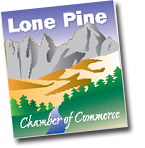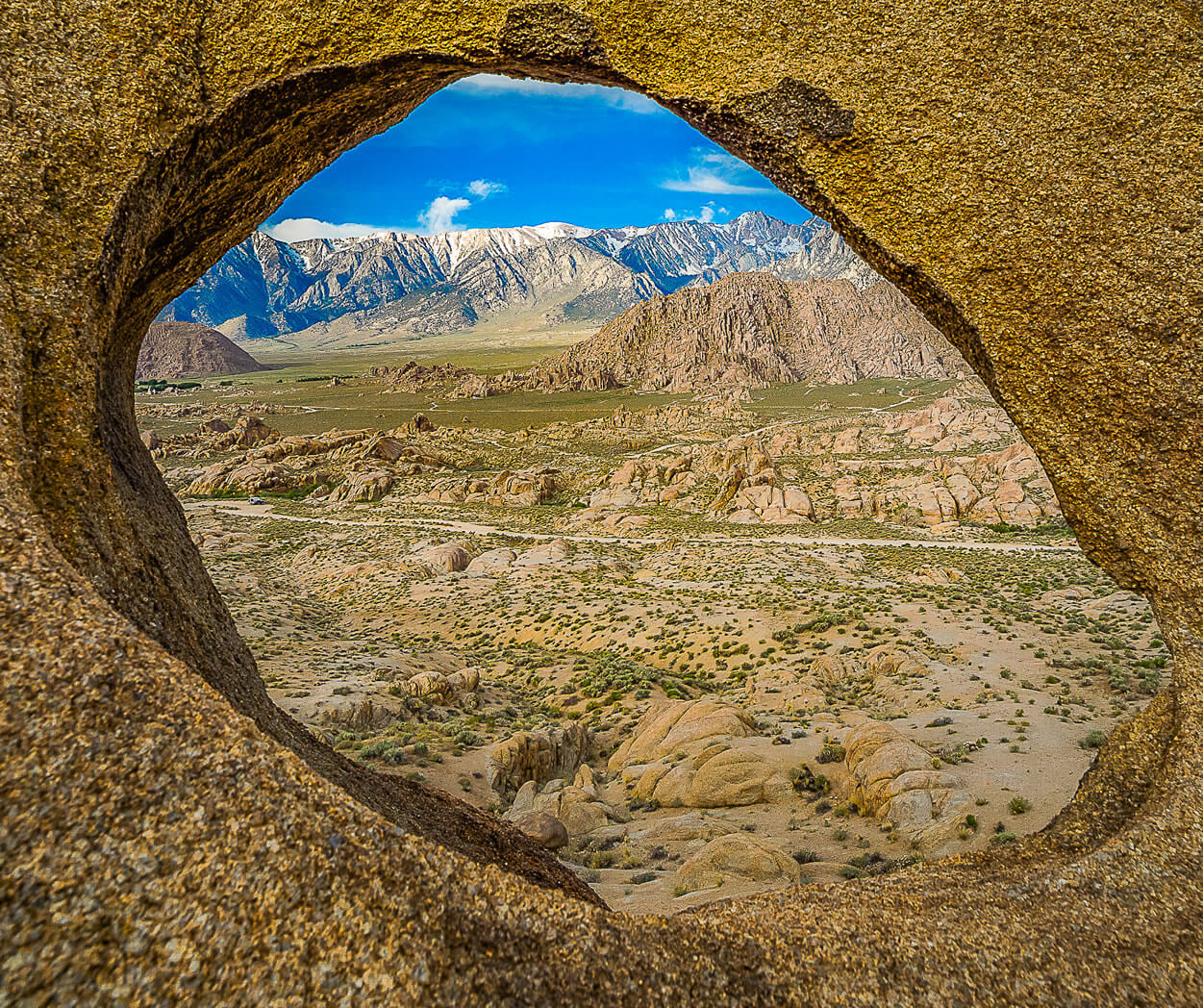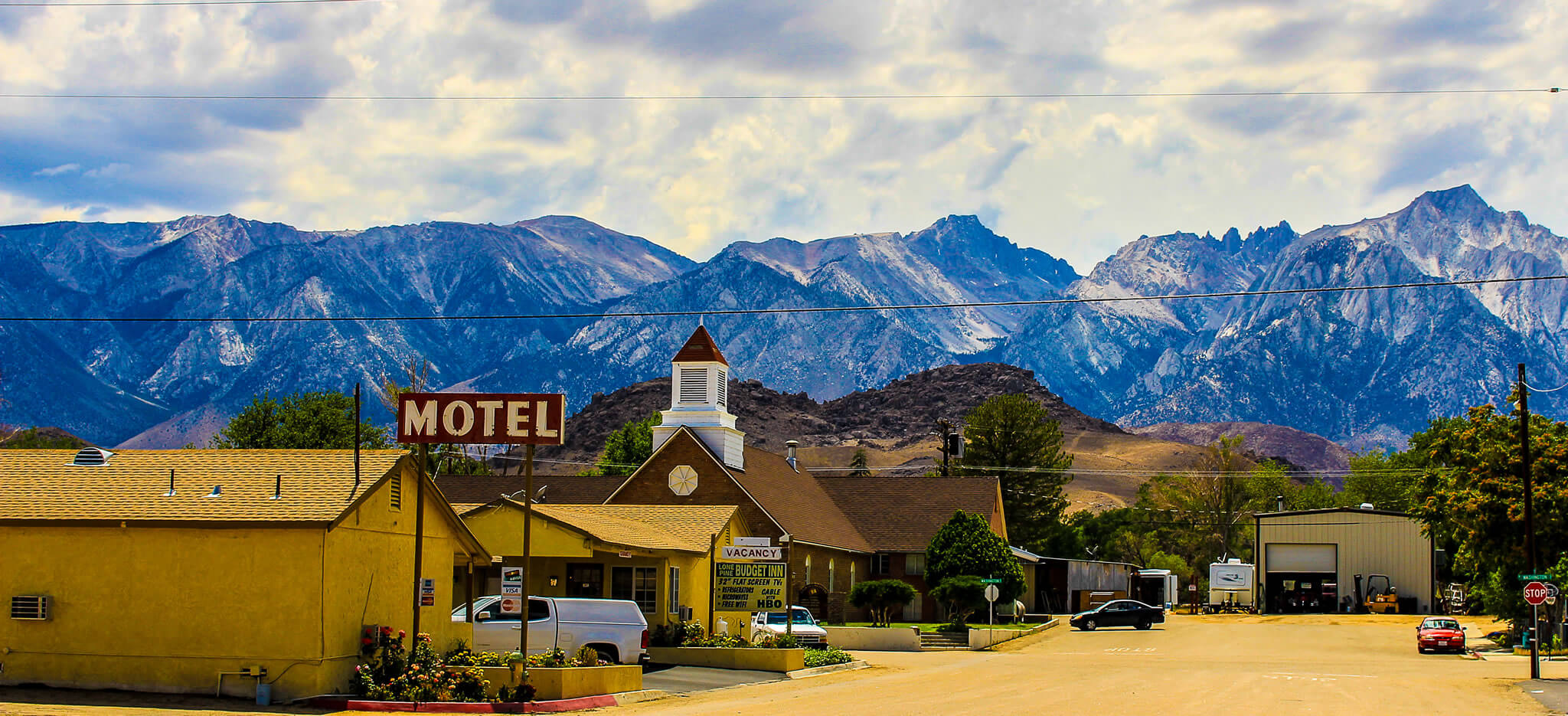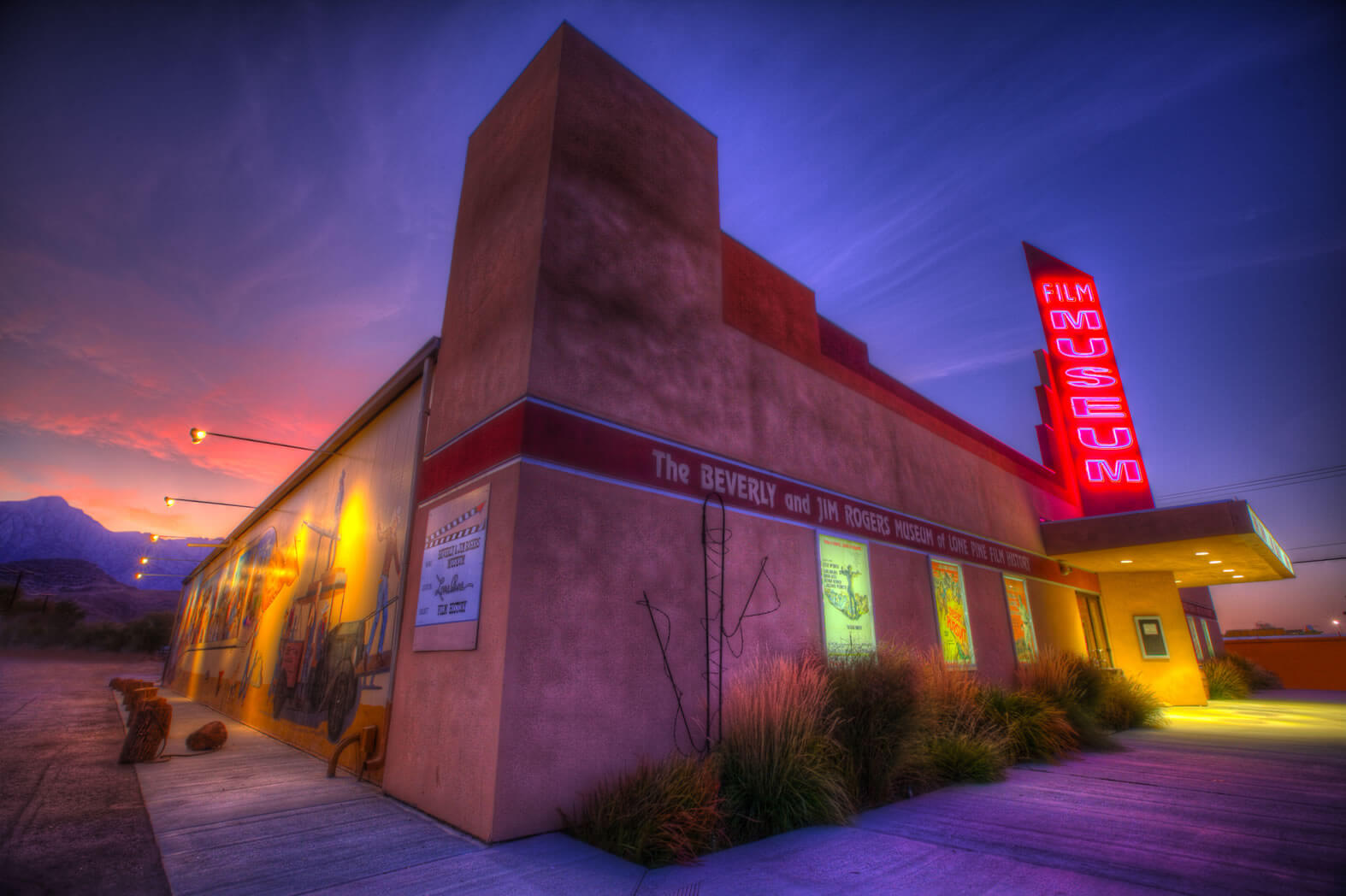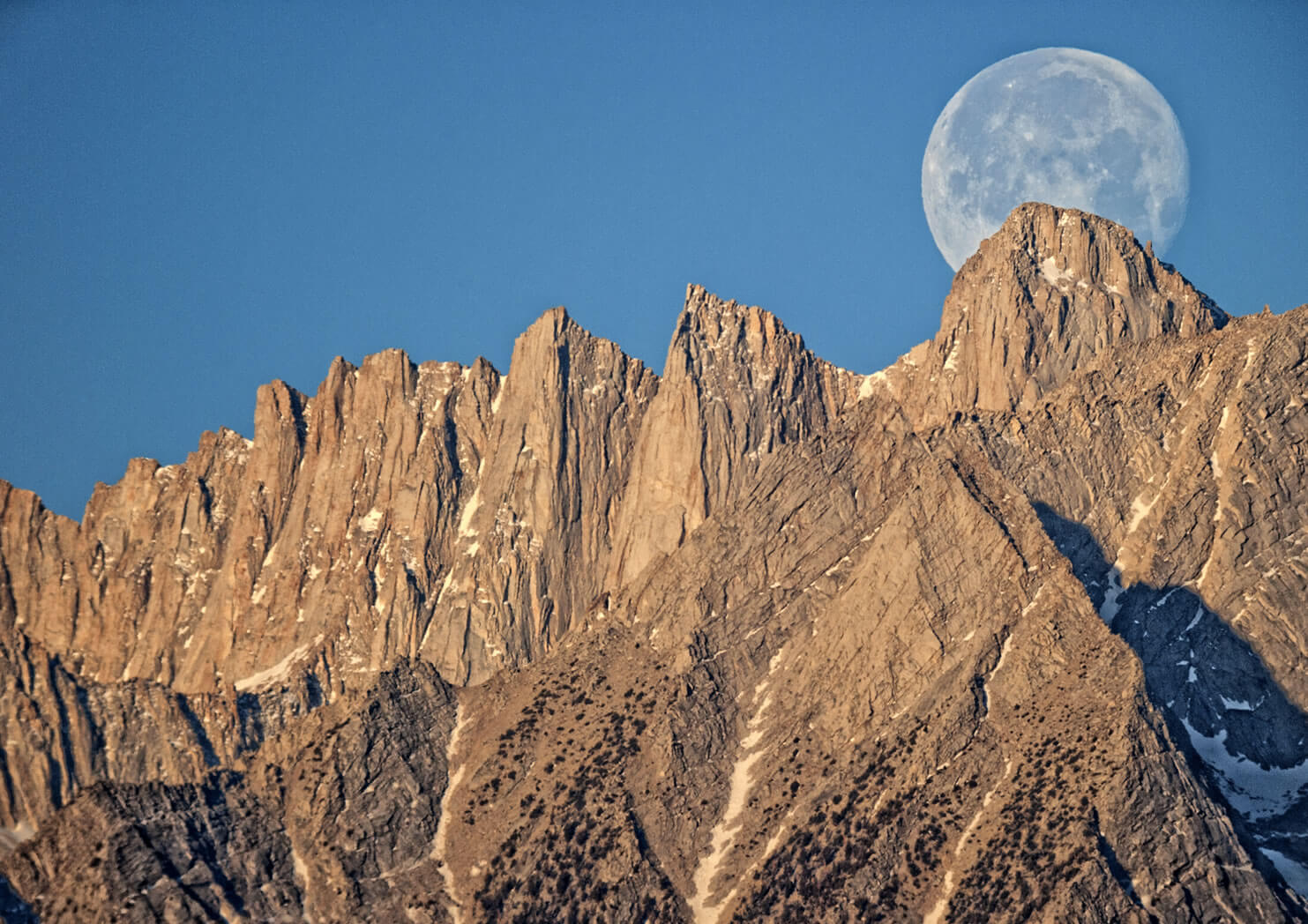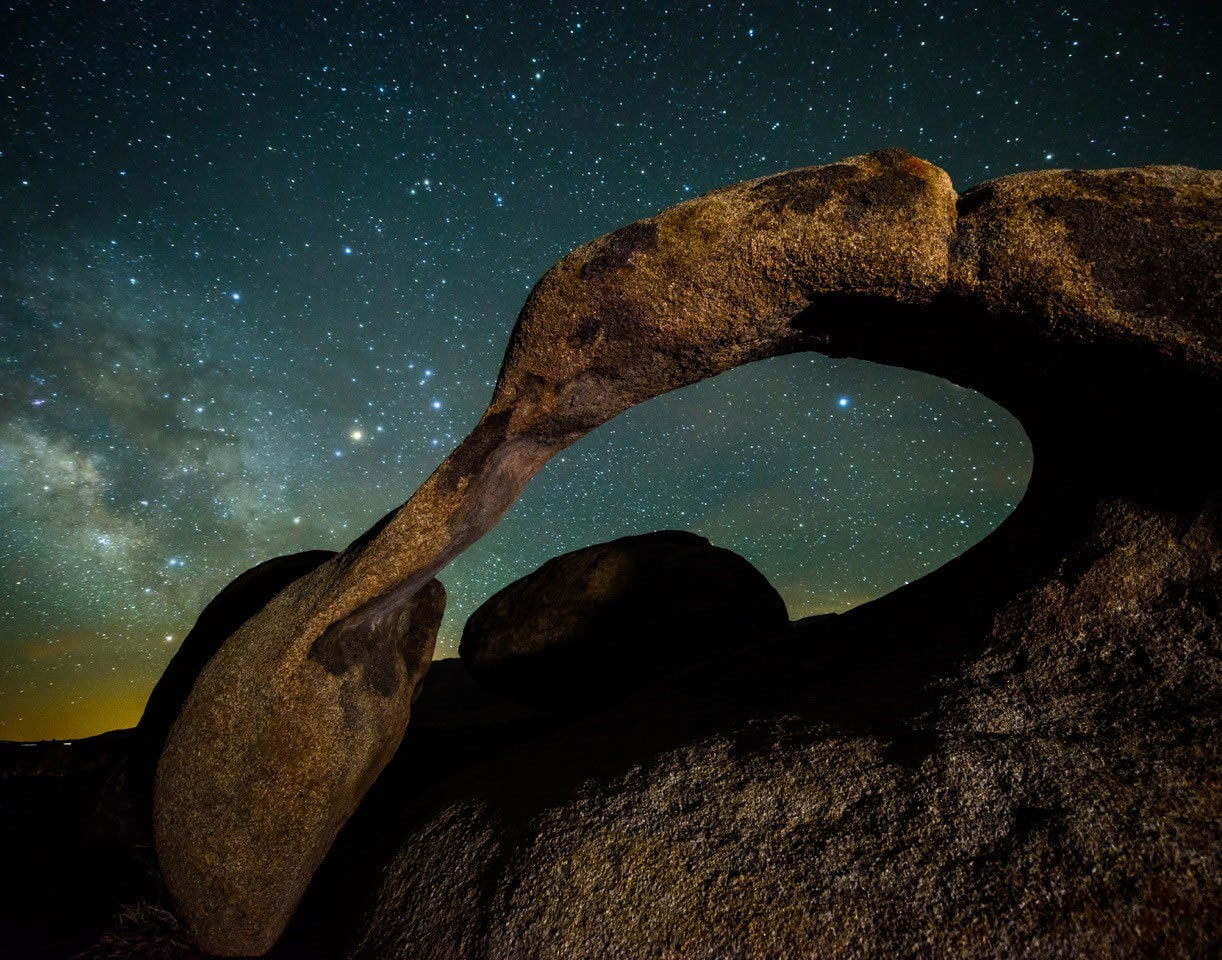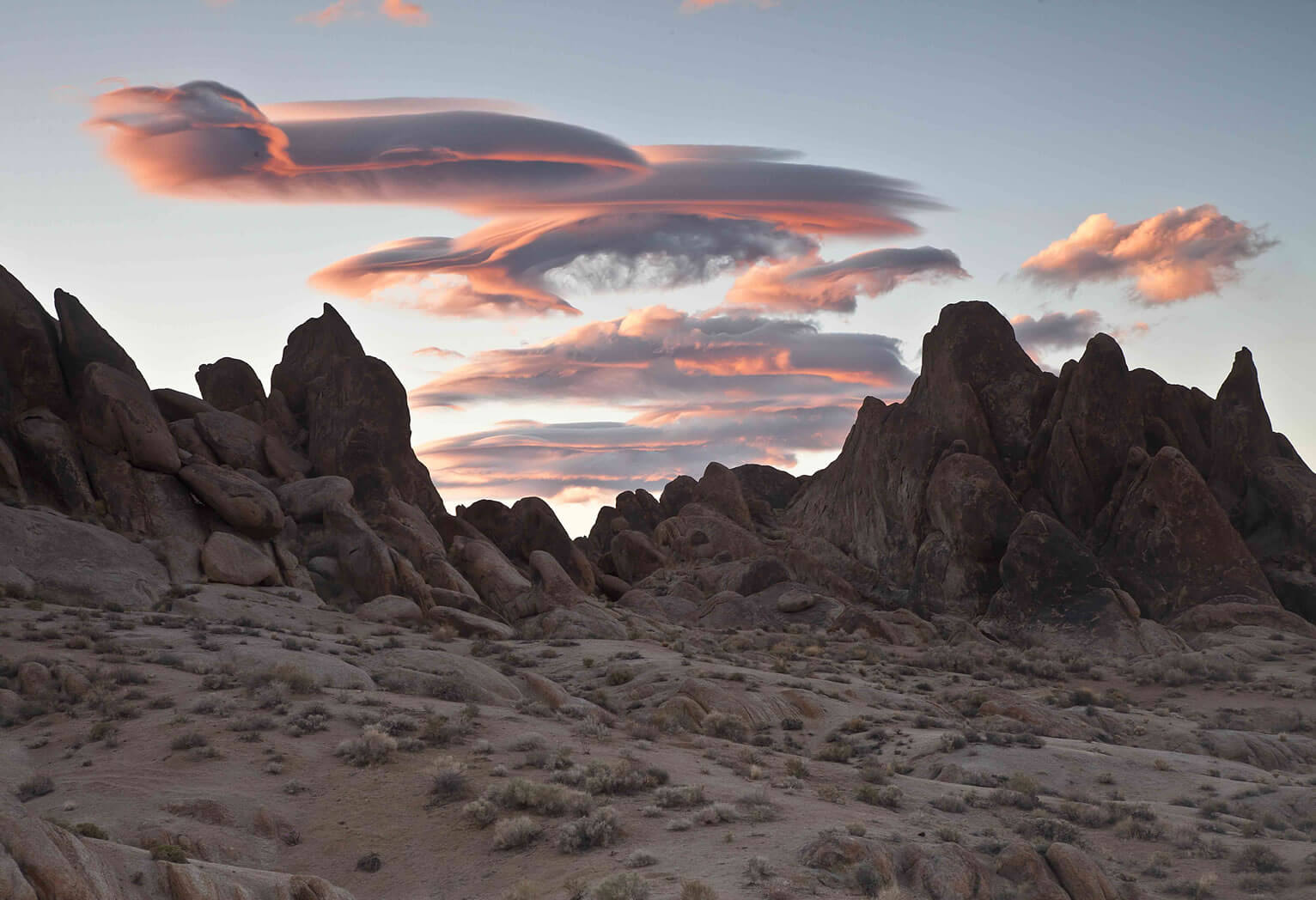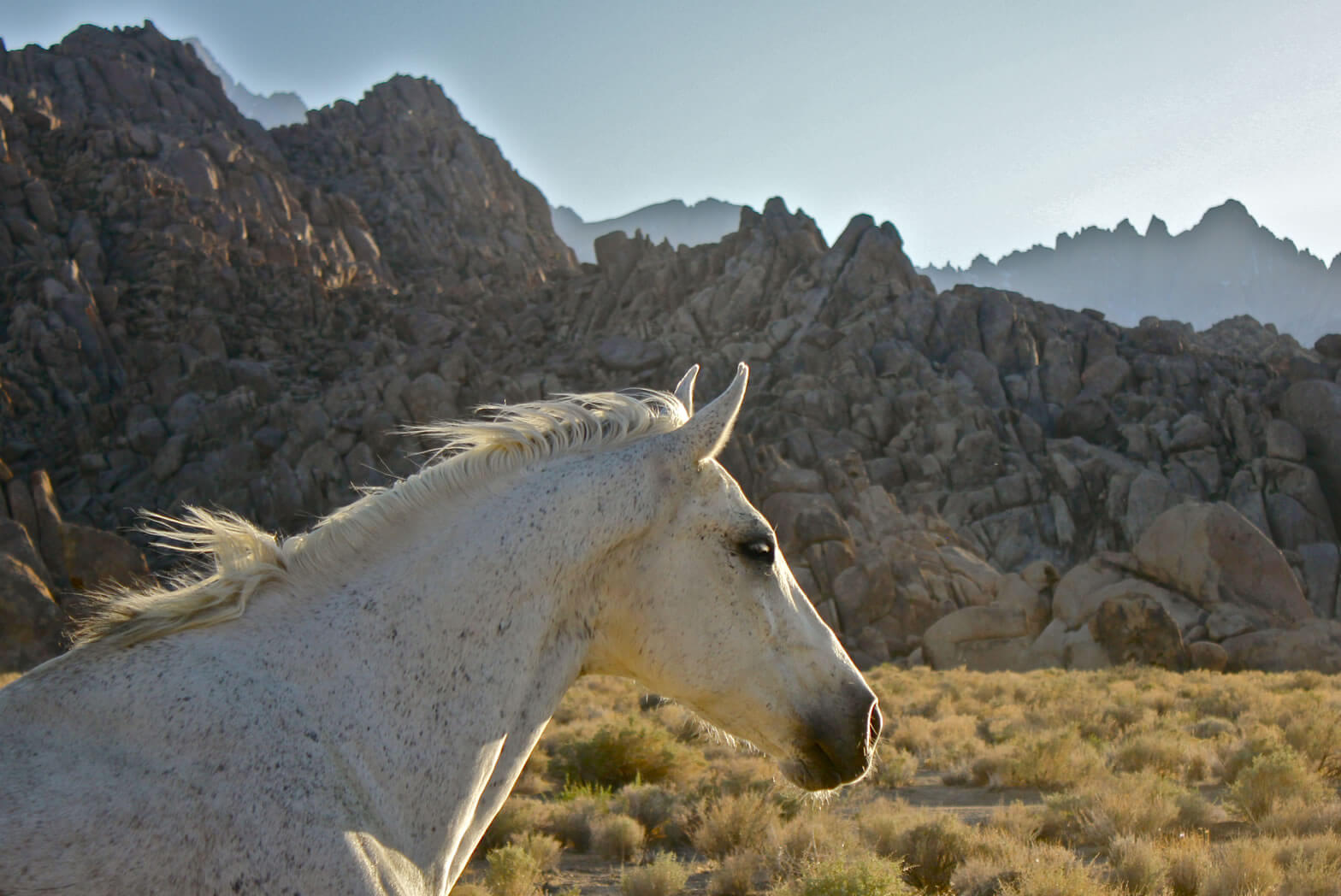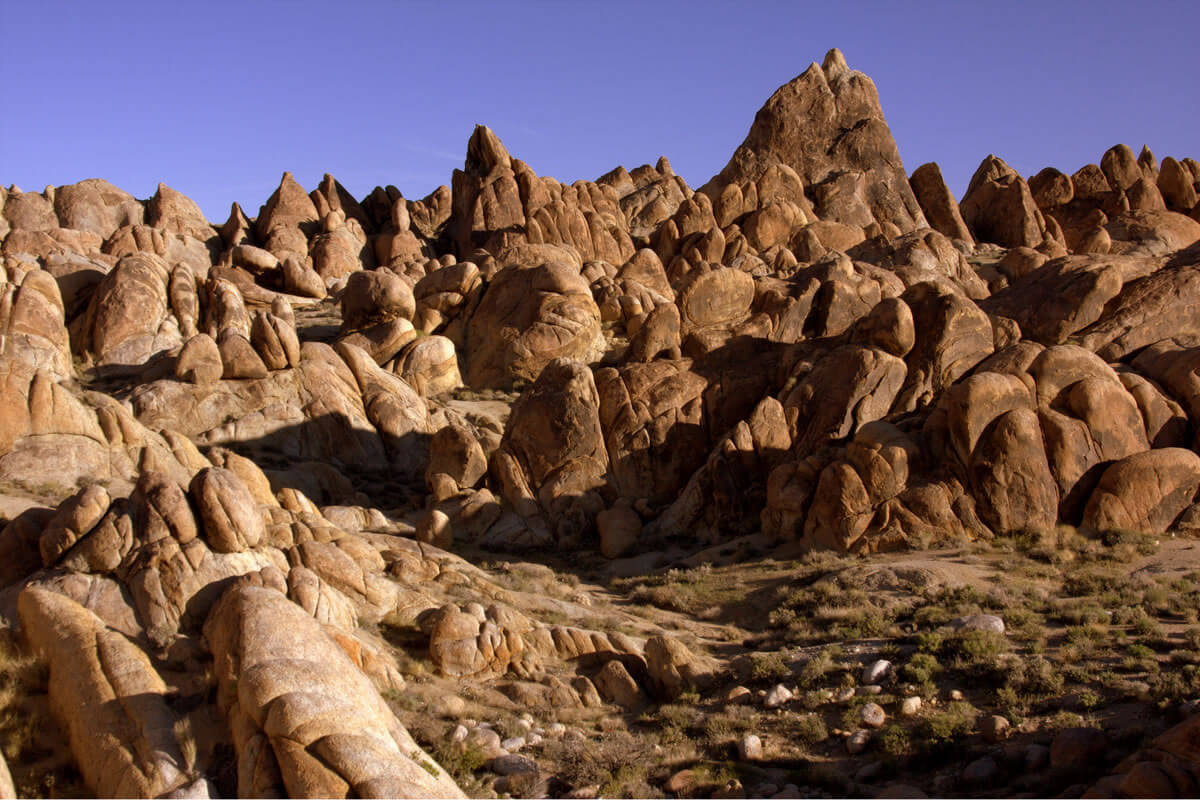Lone Pine, CA: Home to Mt. Whitney
Inyo County visitors can spend an entire week’s vacation enjoying the many offerings the quaint town of Lone Pine has to offer. From world-class outdoor adventure to award winning museums, Lone Pine ranks at the top of attractions that appeal to everyone.
Hikers and climbers are drawn to the magic that is Mt. Whitney. Only 12 miles from downtown Lone Pine lays Whitney Portal, the starting point for those heading for the summit of tallest U.S. peak outside Alaska. Note, this is not a stroll in the woods. High altitude hiking (Mt. Whitney peaks out at 14,508 feet) can drain the most fit and experienced climber. Be prepared with water, food and extra clothing. The trek usually requires an overnight stay.
A camp store and outstanding café are found at the Portal, along with a Forest Service campground, an incredible waterfall, a fishing pond and Forest Service campground and shorter hiking trails that offer a good trek into the wooded Sierra. Additional campgrounds and RV parks also dot the area, providing many camping options that suit a wide variety of camping experiences.
The Alabama Hills National Scenic Area, located just outside of town on Whitney Portal Road offer a variety of outdoor options. Climbers can scale the landmark “Shark Fin.” Those seeking a less strenuous adventure can tour the many dirt roads to seek out great views of the towering Sierra and Mt. Whitney. An added bonus are the numerous rock arches located in the hills, which are ready made for photos. Camping is allowed in the Hills, which can accommodate tent campers and RV and car campers.
Anglers will find several opportunities to land the “big one” in the Lone Pine area. Tuttle Creek and Lone Pine Creek are located just on the edge of town and are well stocked by the California Department of Fish and Wildlife. Just three miles south of Lone Pine is Diaz Lake. Fishing for bluegill, bass and brown trout is popular here.
The Museum of Western Film History contains world class exhibits depicting the important role Lone Pine has played in the production of Hollywood movies, film and commercials. The Museum contains an extensive collection of real movie costumes, movie cars, props, posters, and other memorabilia. This collection represents a history of western film and highlights those films made in the area in and around Lone Pine from the early days of the “Round Up” to the modern blockbusters of today such as “Iron Man.” While you’re here, don’t forget to make the short trip up Whitney Portal Road and take the Self Guided Tour of Movie Road to get a first-hand look at real shooting locations of a great many of the motion pictures filmed in the beautiful Alabama Hills.
Lone Pine is a full-service town, offering several excellent motels, restaurants, a variety of retail stores and many other visitor conveniences. The Interagency Visitor Center, located south of town at the intersection of Highways 136 and 395 is an excellent source of information as is the Lone Pine Chamber of Commerce, located on Main Street.
Lone Pine Chamber of Commerce
120 South Main Street
P.O. Box 749
Lone Pine, California 93545
(760) 876-4444
www.lonepinechamber.org
Eastern Sierra Interagency Visitors Center
(760) 876-6222
Mt. Whitney Ranger Station
(760) 876-6200
Inyo National Forest
Get a Permit!
Maps & Information
It’s extremely different. The portal to both Death Valley and Mount Whitney.
Upon approach to Lone Pine, named for a towering pine that stood over the town in the 1800s, views of Mt. Whitney’s 14,496-foot summit steal the show. Beyond Lone Pine’s city center is the Whitney Portal Trail that leads to the summit of Mt. Whitney, the tallest mountain in the continental U.S. For more info, visit Lone Pine Chamber of Commerce.
Lone Pine is the landscape, and the landscape is Lone Pine. The people in this small town have shaped the landscape and in return the land has shaped their lives and history. The visitor has the opportunity to experience this distinct landscape as history, nature, habitat, recreation and beauty, depending on why they have come.By reading Lone Pine landscape, tourists can learn much, have fun and find their stay greatly enriched. The mountains to the west and to the east of Lone Pine are most prominent.Mt. Whitney, is the tallest peak at 14,496 feet, is the tallest peak in the lower 48 states. It has always been a bit of a mystery, originally climbed by three local men and named Fisherman’s Peak after being mistakenly identified by early explorers.
The Whitney Portal Road, a turn west at Lone Pine’s only stop light, will take you up to 8300 feet to the Portal where there is a store and restaurant, a pond and a magnificent waterfall tumbling out of the Sierra Nevada Mountains.
To the east of Lone Pine are the Inyo Mountains, almost as tall, but quite different in look. Cerro Gordo, the larg – est silver bullion mining area in California, can be reached by a mountain road that begins just east of the town of Keeler. Call ahead to Mike Patterson, the owner at 760-264-3273. The wealth of Cerro Gordo is credited with kick-starting the city of Los Angeles.
Lone Pine is the site of four cemeteries. The Pioneer Cemetery on Inyo Street has many of the early citizens including the grave of Charles Begole, the founder of Lone Pine. The Earthquake Cemetery is located just north of town on the west side and contains the graves of the victims of the 1872 earthquake. A third cemetery lies hidden in the desert on Narrow Gauge Road just south of the “big turn.”
Finally there is the Mt. Whitney Cemetery across from the Earthquake memorial, still in use today. Mining history is visible in the Narrow Gauge bed that ran from Nevada down to Keeler. Traveling out Narrow Gauge Road just to the north of town, takes you past the Southern Pacific Depot to Owenyo Road. Traveling north on this road will take you to the ruins of Owenyo, a town abandoned when the railroad was shut down. The old depot building can still be seen in Keeler. The Southern Inyo Museum, open seasonally, has much on display from the Darwin mining era. It is located on Bush Street.
